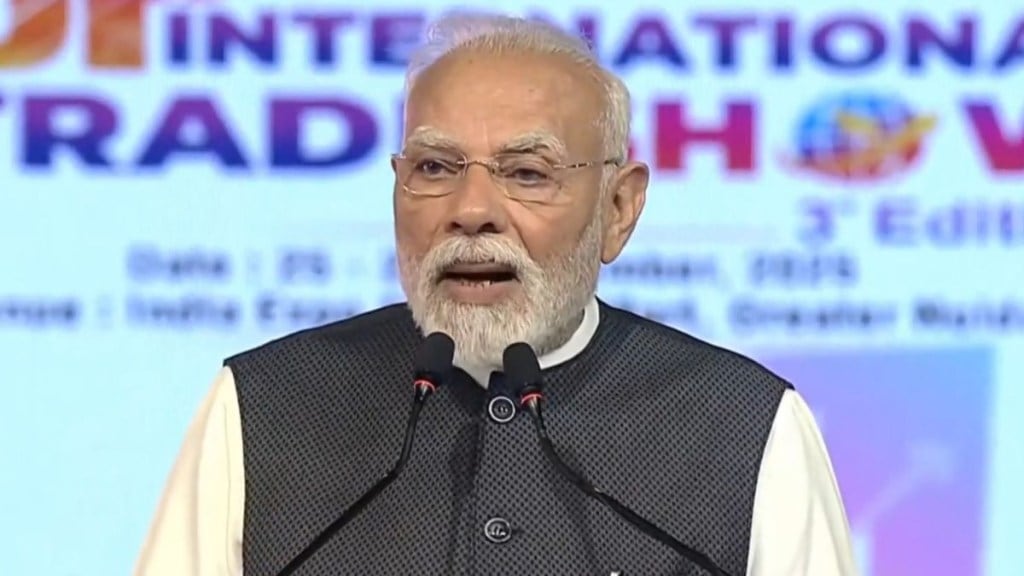Prime Minister Narendra Modi on Thursday hinted at further reforms in the Goods and Service Tax (GST) in a manner that will reduce the tax burden on businesses and consumers further, and give a fillip to the economy’s growth potential.
Addressing the gathering after inaugurating the Uttar Pradesh International Trade Show 2025 here, he said: “Today, the country is proudly celebrating ‘GST Bachat Utsav’. I want to tell you that we are not going to stop here. In 2017, we brought GST… and then again (brought reforms) in 2025. We will further strengthen the economy. As the economy continues to grow, the tax burden will continue to decrease. With the blessings of the citizens, the reforms in the GST will continue.”
Ongoing march to a simpler GST
The statement assumes significance as many experts, while welcoming the 2nd generation GST reforms (GST 2.0) unleashed by the GST Council recently, stressed the need for completing the process by broadening the tax base further with the inclusion of left-out items like auto fuels and real estate. Many have advocated a single-slab GST, as it is reckoned to be the best way to eliminate the cascading of taxes.
With the recent changes in the GST structure, the destination-based consumption tax has essentially two rates – 5% for merit goods, and 18% as standard – as compared to four earlier. These apart, there is of course the nil rate (exemption) and a 40% rate for a small number of sin goods. While the new structure is widely accepted to be superior to the earlier one, the possibility of accumulation of input tax credits with wide sections of the industry persists.
Finance minister Nirmala Sitharaman too has recently said a single-rate GST remained a possibility in the future. “When a review of GST was undertaken, one of the needs identified was that they (GST Council members) didn’t want four rates. However, the question of whether they were ready to get into a one-rate situation as yet was answered with not yet. Maybe sometime in future,” Sitharaman had said.
The GST new structure has roughly 575 items under 5% GST compared to about 300 earlier. With 18% tax on many inputs, and most input services and capital equipment, a wide section of industry that will be in the low output tax brackets, but lacking full or any ITC benefit, could face high tax burden. According to an estimate, if full ITC is made available to the now-widened 5% slab, the annual revenue loss would have been as high as Rs 1.5-2 lakh crore, according to an estimate. While the government estimate of revenue foregone is Rs 48,000 crore at 2023-24 prices, and there is lack of clarity on the extent of ITC availability for items at the nil and 5% slabs.
Dual impact: Tax savings and economic vision
In his speech on Thursday, the prime minister said that by making income up to Rs 12 lakh tax-free and implementation of the GST 2.0 citizens are set to save Rs 2.5 lakh crore on an annualised basis.
He also emphasised that India is advancing toward its goal of becoming a developed nation by 2047. “Despite global disruptions and uncertainty, India’s growth remains attractive,” he said, and added “that disruptions do not divert India — they reveal new directions.””India must become self-reliant. Every product that can be made in India must be produced in India,” he said.
He further said the government is strongly focused on ‘Make in India’ and boosting domestic manufacturing, and added the government is envisioning a situation where everything from chips to ships is produced within the country.
